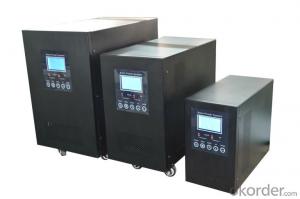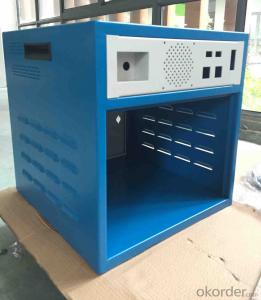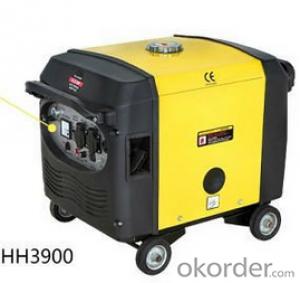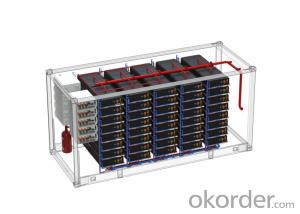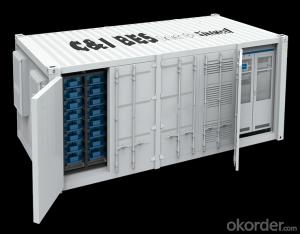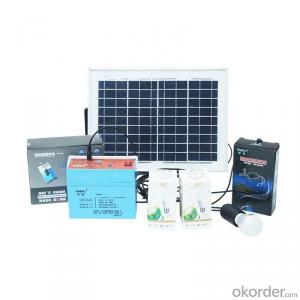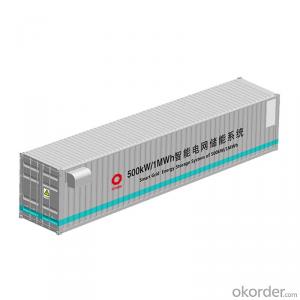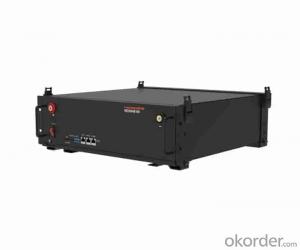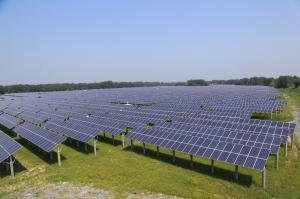Inverter Solar Generator
Inverter Solar Generator Related Searches
Ac Inverter For Solar Panels Solar Panel With Ac Inverter Gas Furnace With Ac Panda Hot Water Bottle Cover Minion Hot Water Bottle Cover Abb Solar Water Pump Inverter Solar Water Pump Philippines Extra Long Hot Water Bottle Solar Panel Dc To Ac Inverter Old Fashioned Hot Water BottleHot Searches
10 Kw Solar Inverter Price 10 Kva Solar Inverter Price 200 Watt Solar Inverter Price Solar Inverter Price Per Watt 500 Watt Solar Inverter Price Solar Inverter 500 Watt Price 1000 Watt Solar Inverter Price Solar Inverter 1000 Watt Price 800 Watt Solar Inverter Price 5000 Watt Solar Inverter Price 1600 Watt Solar Inverter Price Solar Inverter Best Company Solar Inverter Cover Stratco Solar Inverter Research Paper Solar Inverter Fire Risk Top Solar Inverter Companies Solar Edge Inverter Sizes Solar Inverter User Manual Tesla Solar Inverter Manual Solar Inverter Buy OnlineInverter Solar Generator Supplier & Manufacturer from China
Okorder.com is a professional Inverter Solar Generator supplier & manufacturer, offers integrated one-stop services including real-time quoting and online cargo tracking. We are funded by CNBM Group, a Fortune 500 enterprise and the largest Inverter Solar Generator firm in China.Hot Products
FAQ
- The role of optimizers in a solar energy system is to maximize the overall efficiency and performance of the system. They are electronic devices that are connected to each individual solar panel in order to monitor and optimize its output. Optimizers work by performing a range of functions. Firstly, they ensure that each solar panel operates at its maximum power point (MPP), which is the point at which it generates the most power. By continuously tracking and adjusting the voltage and current of each panel, optimizers ensure that they are always operating at their MPP, even in situations where shading or other factors may cause some panels to underperform. In addition, optimizers also provide module-level monitoring and diagnostics. They collect data on the performance of each individual panel, including its voltage, current, and temperature. This information is transmitted to a central monitoring system, which allows for the detection and troubleshooting of any issues or malfunctions in real-time. This level of granularity and visibility into the performance of each panel helps to improve maintenance and overall system reliability. Furthermore, optimizers also enhance the safety of the solar energy system. They include built-in safety features such as rapid shutdown capabilities, which enable the system to quickly and safely shut down in the event of an emergency or maintenance requirement. This helps to protect both the system and the individuals working on it. Overall, the role of optimizers in a solar energy system is crucial for maximizing energy production, improving overall system efficiency, ensuring safety, and facilitating effective monitoring and maintenance. By optimizing the performance of each individual solar panel, optimizers contribute to the overall success and viability of solar energy systems.
- Yes, solar energy systems can be used to power electric vehicles. Solar panels can generate electricity from sunlight, which can then be stored in batteries or directly used to charge the vehicle's battery pack. This allows for a clean and renewable source of energy to power electric vehicles, reducing reliance on fossil fuels and decreasing greenhouse gas emissions.
- Solar-powered water purification systems play a crucial role in providing clean drinking water by harnessing the energy of the sun to remove harmful contaminants and pathogens from water sources. These systems use solar panels to generate electricity, which powers the purification process, making them environmentally friendly and cost-effective. They are especially valuable in remote or off-grid areas where access to clean water is limited. Additionally, solar-powered water purification systems are easy to maintain, making them a sustainable solution for ensuring clean and safe drinking water for communities worldwide.
- Solar energy systems can have a positive impact on the local economy in several ways. Firstly, they create job opportunities in the installation, maintenance, and manufacturing sectors, boosting employment rates and income levels in the community. Additionally, solar energy systems reduce energy costs for businesses and households, freeing up funds that can be spent on other goods and services within the local economy. Moreover, the adoption of solar energy can attract investment and stimulate economic growth, as it demonstrates the region's commitment to sustainable development and renewable energy. Overall, solar energy systems can contribute to a more resilient and prosperous local economy.
- Indeed, boats or yachts can utilize solar energy systems for their power needs. By installing solar panels on the boat's roof or deck, sunlight can be captured and converted into electricity. This electrical energy can then be utilized to operate various systems onboard, including lighting, navigation equipment, communication devices, refrigeration, and even propulsion systems. The size and capacity of the solar energy system will be determined by the boat or yacht's specific power requirements and the available installation space. Opting for solar-powered boats and yachts offers numerous advantages, including decreased reliance on fossil fuels, lowered operational expenses, quieter operation, and reduced carbon emissions. However, it is important to acknowledge that solar energy alone may not suffice for larger vessels or extended periods of low sunlight. In such instances, a hybrid system that combines solar energy with alternative power sources, like wind or diesel generators, may be more suitable.
- Yes, solar energy systems can be used to power electric car manufacturing plants. Solar energy systems use sunlight to generate electricity, which can then be used to power various industrial operations, including manufacturing plants. By installing solar panels on the roofs or open spaces of the manufacturing facility, the plant can harness renewable energy to meet its electricity needs. This not only reduces the reliance on fossil fuels but also helps in reducing greenhouse gas emissions associated with conventional electricity generation. Additionally, solar energy systems can be combined with energy storage solutions to ensure a continuous power supply, even during periods of low sunlight or at night. Therefore, using solar energy systems for powering electric car manufacturing plants is a sustainable and environmentally friendly choice.
- Yes, solar panels are weather-resistant. They are designed to withstand various weather conditions including rain, snow, hail, and high winds. Solar panels are typically made of durable materials such as tempered glass and aluminum frames which are built to endure outdoor exposure. They are also tested and certified to meet industry standards for weather resistance. While extreme weather events can potentially cause damage to solar panels, they are generally built to withstand typical weather conditions and can continue to generate electricity even in inclement weather.
- Yes, solar energy systems can be used in areas with limited access to maintenance services. Solar panels are relatively low-maintenance and durable, requiring minimal upkeep. They do not have moving parts that can wear out, and regular cleaning is often the only maintenance required. Additionally, advancements in technology have made solar systems more reliable and efficient, reducing the need for frequent maintenance.





